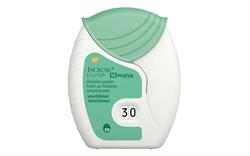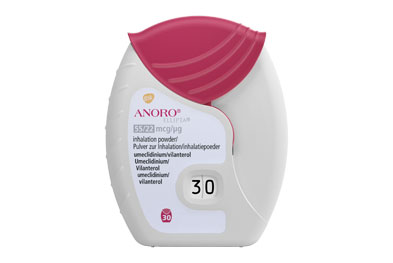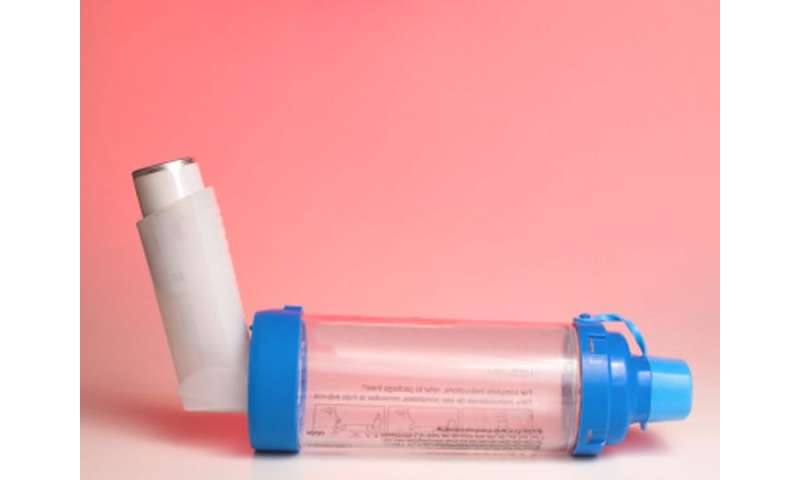
This will help you talk to your doctor about them.įor more in-depth information on this topic, please visit the Big Fat Reference Guide (BFRG). In summary, it’s important to know about the types of inhalers you use. But, you can substitute two inhalers (a LAMA and an ICS/LABA) for a LAMA/LABA/ICS combination. Some of these inhalers are expensive, and your health plan may not cover them. Some individuals taking a short-acting muscarinic antagonist (SAMA) (ipratropium or Duoneb) with a long-acting muscarinic antagonist (LAMA) will note more side effects such as drowsiness, blurred vision, dry mouth, heat intolerance, flushing, difficulty urinating, abdominal cramping, constipation, memory problems, and glaucoma. Short-acting beta-agonist (SABA) inhalers (like albuterol) can be used in combination with any of the long-acting inhalers. A double dose of LAMA can cause more side effects. Never use a LAMA/LABA with a LAMA inhaler. A double dose of LABA can cause more side effects. Note: Never use an ICS/LABA with a LAMA/LABA inhaler. In this situation, using a LAMA/LABA inhaler may be best.

That’s because ICS increases the rate of pneumonia. Your health care practitioner may remove the ICS component if you’ve had pneumonia. When should you avoid using a LABA/LAMA/ICS inhaler? Remember: To decrease flare-ups (exacerbations), you need to take these inhalers every day.

But there are only three classes of long-acting medicines - LABA, LAMA, and ICS. And, it can be difficult to know which one to take. Usually, more medications mean that inhalers will cost more. If you’re hospitalized for COPD, you may leave with a prescription for this triple combination. It improves lung function and suppresses flares best. This combination improves mortality in COPD patients with frequent flare-ups or exacerbations, compared to those who use inhalers with two medicines. They come in dry powder, mist, and metered dose inhaler preparations. These are the first choice for people with COPD who don’t have frequent flare-ups or exacerbations. This combination improves lung function more than taking one drug on its own. So, your doctor can prescribe an ICS/LABA combination if you have asthma, COPD, or both. In fact, until recently they were one of the first recommended treatments after diagnosis. Since the 1980s, doctors have treated asthma with an ICS/LABA combination. These inhalers take advantage of the properties of each medicine class they contain. These medicines are often called “rescue medicines.” That’s because you can take them with long-acting agents for more bronchodilation.

( Note: DuoNeb is inexpensive, so it’s the one hospitals use most.) It comes as a metered-dose inhaler (Combivent TM ) and as a nebulizer solution (Duoneb TM).

Ipratropium is a short-acting muscarinic antagonist (SAMA). Albuterol is a short-acting beta-agonist (SABA). The most common short-acting combination inhaler contains a mixture of albuterol and ipratropium. They prevent COPD flare-ups or exacerbations and are very important in asthma. ICS (inhaled corticosteroids) : These drugs decrease airway inflammation. LAMA (long-acting muscarinic antagonists): These bronchodilators decrease mucus production. LABA (long-acting beta-agonists): These bronchodilators open your airways for 12-24 hours. They include a combination of two or three types of medicines: Most combination (combo) inhalers are long-acting preparations. Types of medicines included in combination inhalers So, it’s important to understand the types of medicines in your inhaler. And, your doctor may ask you to switch brands just as often. You can find many brands, but they all contain 2-3 medicines.ĭoctors prescribe one brand over another based on their cost to a particular hospital or health system. Combination inhalers have made up the majority of COPD medicines for the last 25 years.


 0 kommentar(er)
0 kommentar(er)
